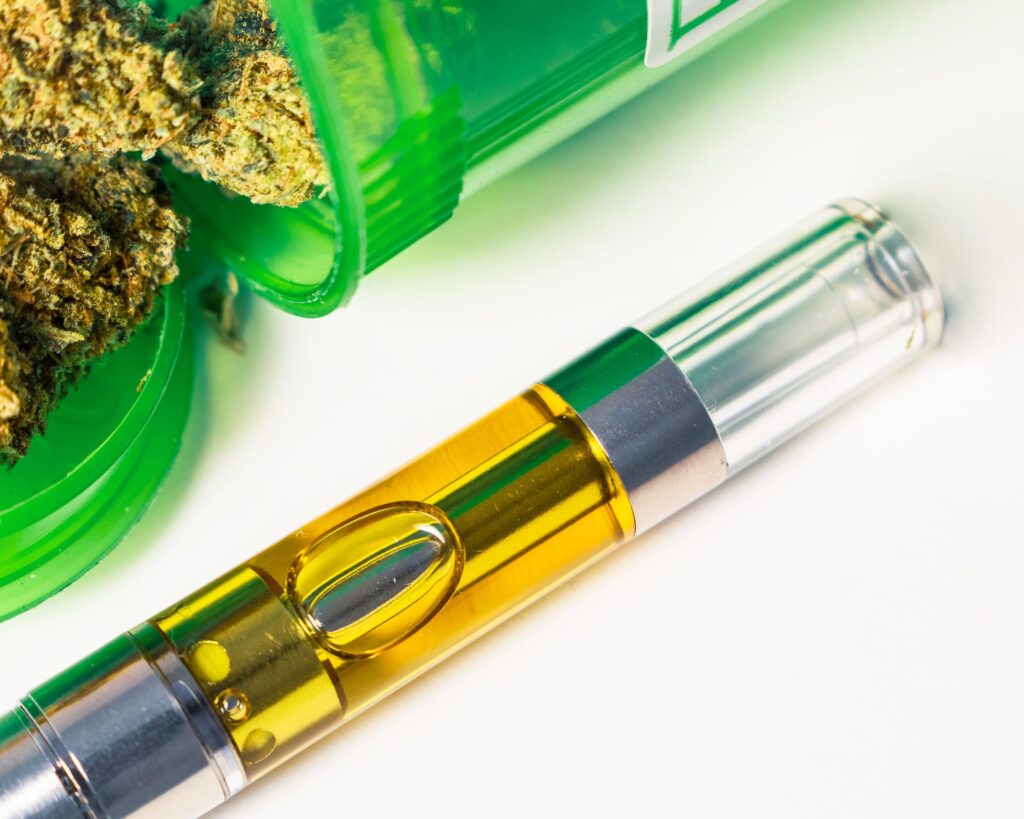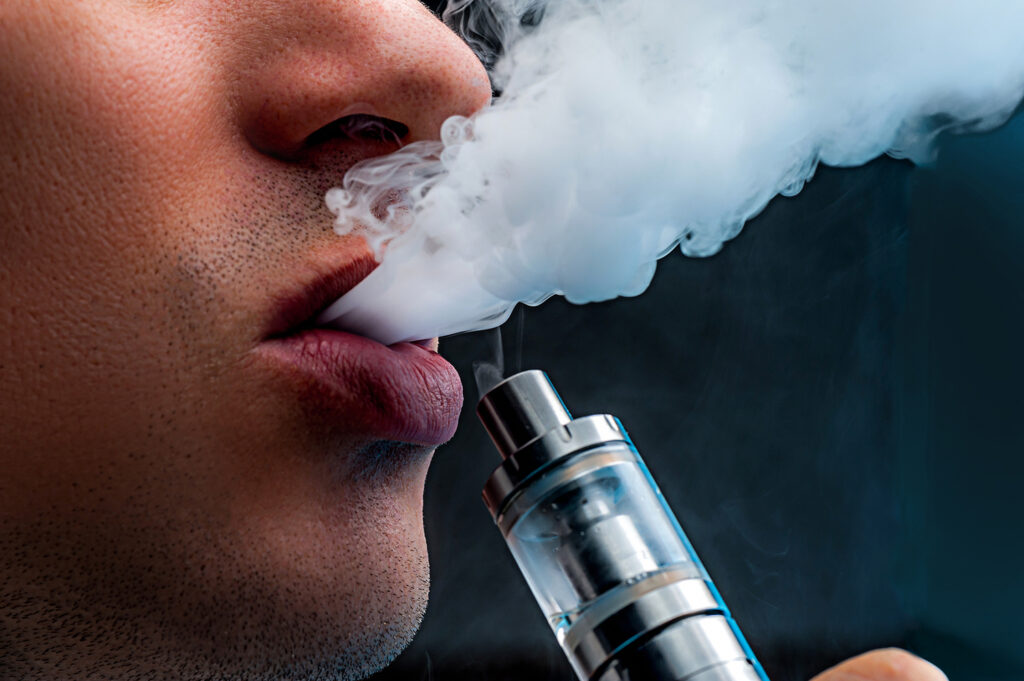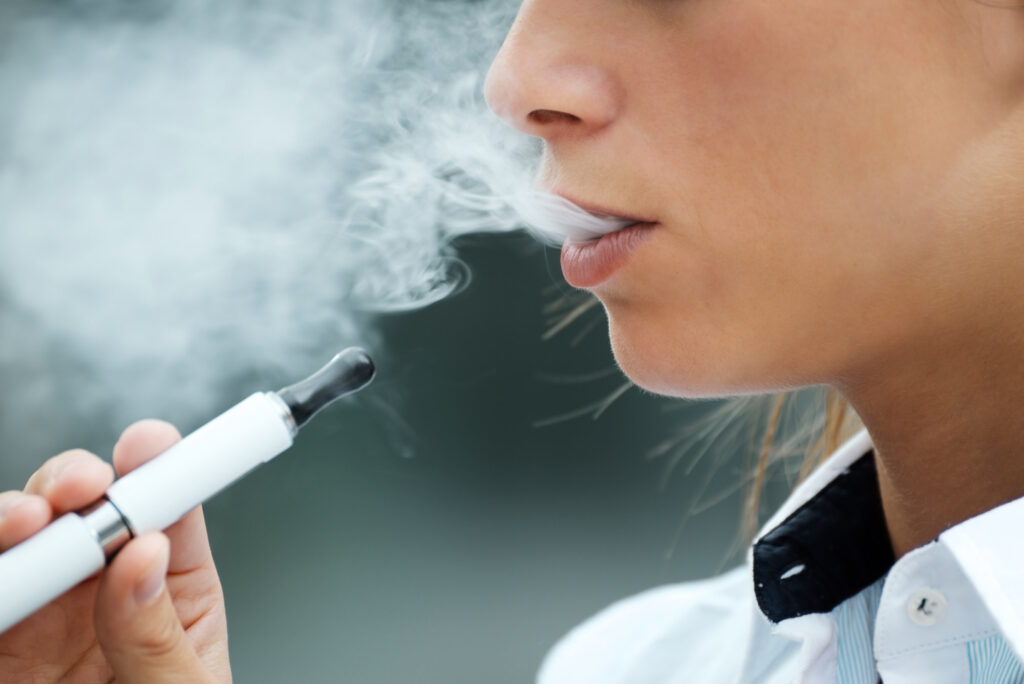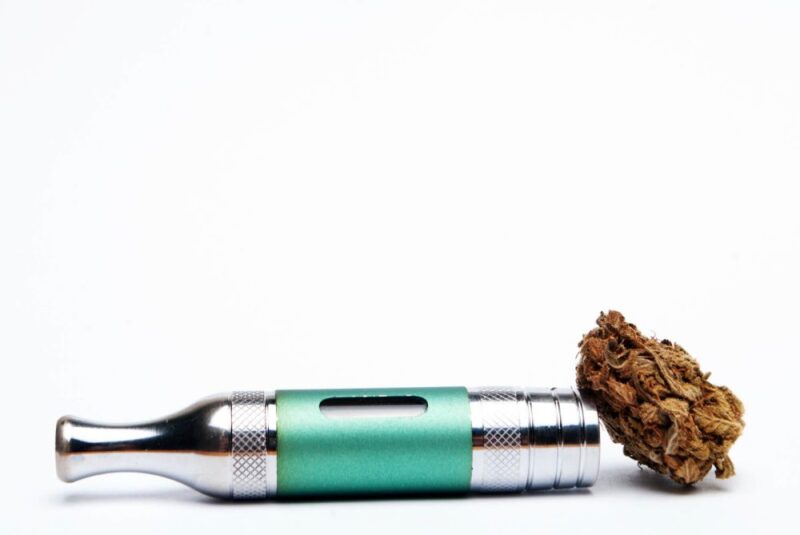The vaping industry has experienced rapid growth and innovation in recent years, fueled by advancements in technology and a growing demand for alternatives to traditional tobacco products. These innovations in tech knowledge have not only transformed the vaping experience but also raised important questions about safety, regulation, and the potential impact on public health. In this article, we will explore some of the most significant innovations in vaping technology and their implications for users and society as a whole.
Page Contents
Pod Systems and Vape Pens
One of the most notable innovations in the vaping industry has been the development of pod systems and vape pens. These compact, user-friendly devices offer a convenient and discreet vaping experience. Pod systems, in particular, have gained popularity due to their simplicity, ease of use, and portability. They are designed to be user-friendly, making them a suitable choice for both beginners and experienced vapers.
Temperature Control and Wattage Adjustment
Tech-savvy vapers now have access to devices that allow precise control over temperature and wattage settings. Temperature control technology ensures that the coil heats to a specific temperature, preventing overheating and the production of harmful by products. Wattage adjustment allows users to customize their vaping experience, from mild and flavorful to intense and robust.
App-Enabled Vaping Devices

Some vaping devices can now be paired with smartphone apps, providing users with additional customization options and information. These apps can track vaping habits, monitor nicotine intake, and even offer safety features like lockout settings to prevent accidental activation. While app-enabled vaping devices offer convenience, they also raise concerns about data privacy and security.
Nicotine Salt E-Liquids
The introduction of nicotine salt e-liquids has revolutionized the vaping experience for many users. Nicotine salts allow for smoother inhalation and faster nicotine absorption, mimicking the sensation of smoking traditional cigarettes. This innovation has been credited with helping some smokers transition away from combustible tobacco products.
Improved Battery Technology
Battery technology has improved significantly, leading to longer-lasting vape batteries with faster charging times. This advancement enhances the overall vaping experience and reduces the inconvenience of frequent recharging. Safety features such as short-circuit protection and overcharge protection have also become standard in many vaping devices.
Advanced Coil Designs
Coil technology has seen significant advancements, resulting in coils that provide better flavor and vapor production. Mesh coils, for instance, offer a larger surface area for heating e-liquid, resulting in smoother and more intense flavors. These innovations cater to vapers seeking a more satisfying and enjoyable experience.
The Impact on Public Health

While vaping technology has undoubtedly evolved and provided smokers with an alternative, it has also sparked intense debate regarding its impact on public health. Proponents argue that vaping can be a harm reduction tool, potentially helping smokers quit traditional cigarettes, which are known to be incredibly harmful due to the combustion process that releases a multitude of toxins. However, the long-term health effects of vaping are still not fully understood, and concerns have been raised about the safety of certain ingredients in e-liquids and the potential for vaping to serve as a gateway to smoking for young people.
One of the critical public health considerations is the appeal of vaping to teenagers and young adults. The marketing of flavored e-liquids and the sleek design of vaping devices have drawn the attention of younger demographics, leading to concerns about nicotine addiction and its potential consequences for their developing brains. This has prompted regulatory efforts to restrict the sale of flavored e-liquids and vaping products to minors.
Furthermore, the outbreak of vaping-related lung injuries in 2019, often referred to as EVALI (e-cigarette or vaping product use-associated lung injury), raised alarm bells. While many cases were linked to the use of illicit THC-containing products, EVALI highlighted the need for tighter quality control and regulation within the vaping industry.
Regulation and Policy Challenges
The rapid growth of the vaping industry has presented significant challenges for regulators and policymakers. Unlike traditional tobacco products, vaping technology is relatively new, and its long-term health effects are not yet fully understood. As a result, governments around the world have struggled to develop comprehensive regulations that balance harm reduction for smokers with the protection of non-smokers and young people.
One of the most contentious issues in vaping regulation has been the level of nicotine allowed in e-liquids. Some argue for strict limits to reduce the risk of addiction, while others believe that higher nicotine levels are necessary to make vaping an effective smoking cessation tool.
The question of marketing and advertising has also been a source of concern. Many argue that aggressive marketing tactics by some vaping companies, including the use of social media influencers and appealing to young people with flavors like candy and fruit, have contributed to the rise in youth vaping. Striking the right balance between allowing vaping products to be marketed as smoking cessation aids and preventing their appeal to young non-smokers remains a challenge.
Additionally, the lack of standardized testing and quality control in the vaping industry has resulted in variable product quality and safety. The absence of uniform safety standards has created uncertainty for both consumers and health officials.
The Importance of Education and Responsible Use

In this evolving landscape, educating consumers about the potential risks and benefits of vaping is crucial. Smokers looking to quit should be informed about the potential benefits of vaping while being aware of the uncertainties surrounding its long-term effects. It is essential for users to be diligent in researching and selecting reputable vaping products and e-liquids and to avoid illicit or unregulated products.
Moreover, responsible vaping practices should be encouraged. This includes using vaping solely as a smoking cessation aid if that is the intended goal, rather than as a recreational activity. Vapers should also be mindful of where they vape, especially in public spaces, to avoid exposing non-smokers and young people to secondhand aerosol.
Conclusion: The Need for Continued Research and Responsible Regulation
In conclusion, the vaping industry’s rapid technological innovations have transformed the smoking landscape and offered smokers a potentially less harmful alternative. However, this progress has come with challenges related to public health, regulation, and responsible use.
As vaping technology continues to evolve, more research is needed to better understand its long-term health effects and potential benefits as a smoking cessation tool. Simultaneously, governments and regulatory bodies must continue to develop evidence-based regulations that protect public health while allowing adult smokers access to safer alternatives.
Ultimately, the vaping industry’s future will depend on striking the right balance between harm reduction and regulation, with the goal of improving public health and reducing the harms associated with smoking. In this ever-changing landscape, knowledge, responsible use, and ongoing research remain essential for both users and policymakers. Only through a collaborative effort can we navigate the complexities of vaping technology and its impact on society.






